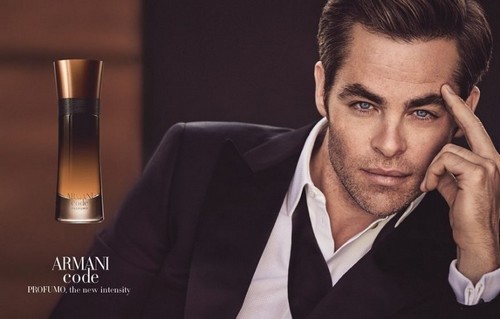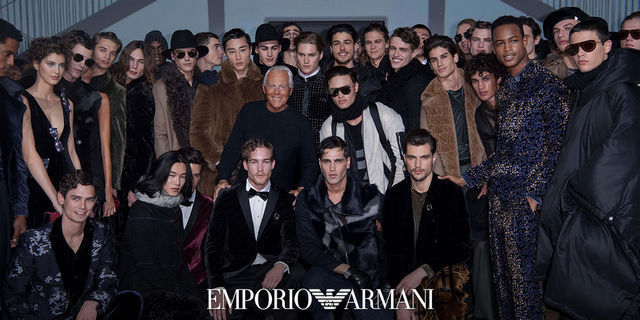The Armani is an Italian Brand flourishing since 1975 as a fashion house founded by Giorgio Armani, for manufacturing, designing, distributing and retailing the fashion wear clothing, ready to wear leather items and accessories such as wallets, jewelry, watches, eyewear, cosmetics etc.
In addition to above, it is in the business of luxury chain hotels globally in various cities worldwide in collaboration with Emaar Properties.
Table of Contents
Segmentation, targeting, positioning in the Marketing strategy of Armani –
Demographic and psychographic segmentation strategies are used by the Italian brand based on the segmentation variables such as age, gender, income, attitude, behavior etc.
Since the brand is in luxury segment and therefore it uses selective targeting strategy in order to make its product offerings appealing to the niche segment of customers.
It has positioned its offerings as an Italian fashion savvy brand breaking the stereotypes and leading the stylish fashion industry through its trendy fashionable apparel & accessories. It uses value-based positioning strategies to position itself as a luxury brand.
Marketing mix – Here is the Marketing mix of Armani.
SWOT analysis – Here is the SWOT analysis of Armani.
Mission- “To create clothes and accessories that aspire for perfection that transcends fashion”
Vision- “Not Available”
Tagline-“It speaks for you”
Competitive advantage in the Marketing strategy of Armani –
Strong Product portfolio: The product portfolio of the luxury apparel brand consists of accessories, makeup, watch, perfumes, jeans, sportswear, haute couture-as well as interior design, real estate, restaurants, and hotels. World of Armani has sub-brands/ operating businesses such as Giorgio Armani, Emporio Armani, EA7, Armani Junior, Armani Collezioni, Armani Jeans Armani Exchange, Armani/Ristorante, Armani/Hotels, Armani/Fiori, Armani/Dolci, and Armani Beauty.
Stronghold in the developed nations: The brand has the extensive presence in the developed economies worldwide through various stores formats which are helping the brand in being competitively ahead of other peer brands in the market.
BCG Matrix in the Marketing strategy of Armani –
The premium apparel & accessories brand is operating in business segments such as fashion apparel & accessories, Restaurants & hotels and Real estate.
The strategic business unit (SBU) fashion apparel & accessories and Restaurants & hotels are Stars in the BCG matrix while the real estate is the question mark in the BCG matrix.
Distribution strategy in the Marketing strategy of Armani-
It uses varied delivery channels to make its products available to the end customers. It distributes its products through resellers, wholesalers, distributors, retailers, company-owned stores, own online site and e-commerce sites.
The brand has a dominant presence in the European market while it is also present in the major economies of the world.
Brand equity in the Marketing strategy of Armani –
Giorgio Armani has built the brand Armani over the period of 30 years with extensive product lines creating high visibility in the market.
Armani has been ranked 97th in Forbes magazine list of World’s Most Powerful Brands. The brand has been valued at $ 3.7 billion (market capitalization value method) generating revenue of $ 3.31 billion.
Competitive analysis in the Marketing strategy of Armani –
The luxury fashion apparel & accessories industry is facing competition from the parallel economy i.e. the unorganized market. Although the companies operating in this segments creates high visibility and brand pull by creating buzz in the market, and garnering reputation by building a distinctive image in the mind of the consumers but due to the presence of large number of local, national and international brands in the segment retaining customers become a tough job due to high brand switching by the customers. It competes with brands like Chanel, Dior, Gucci, Hermes, Louis Vuitton, Prada etc.
Market analysis in the Marketing strategy of Armani –
There is an upward trend in the luxury fashion apparel & accessories industry due to changing lifestyle, rising migration of communities, climatic conditions, a rise of cosmopolitan culture and evolution of digital media even in the underdeveloped nations etc.
However, the industry is affected by the factors such as rising labor cost, government policies & regulations, counterfeit products, and low fad life cycle.
Customer analysis in the Marketing strategy of Armani –
Customers of Armani in a retail segment our customers in the age group of 15-50 years who have the inclination towards the fashionable wear & accessories.
Its corporate customers include various institutions, distributors, wholesalers, resellers etc. Customers of Armani belong to upper middle income and upper-income social groups.
Liked this post? Check out the complete series on Strategies


Dear Armani
I am pleased to share with you a video that could serve as Marketing, in respect of animal life.
Best regards
Celso Barrera